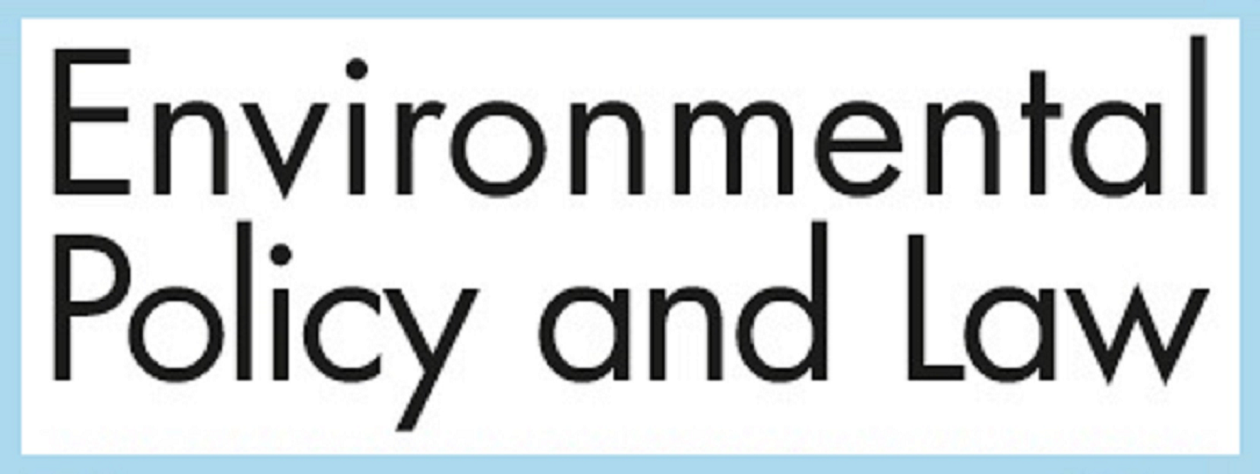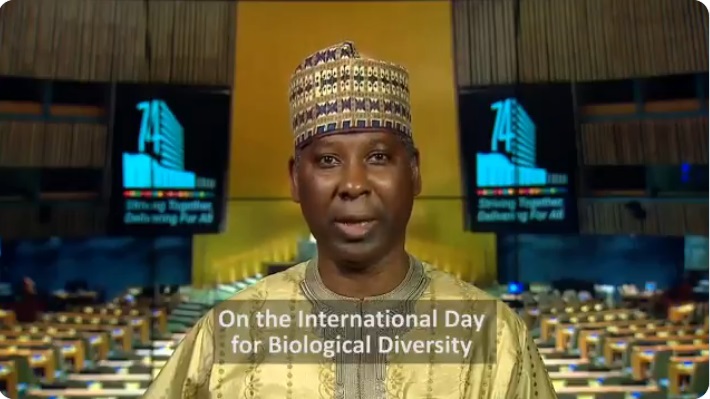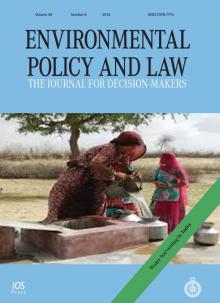EU Biodiversity Strategy 2030
The European Commussion has set out a new EU-wide Biodiversity Sstrategy in which it plans to protect 30% of land and seas by 2030 for biodiversity by overhauling farming and protect carbon-rich forests and wetlands, to benefit wildlife.
The new EU-wide Biodiversity Strategy will:
- establish protected areas for at least:
- 30% of land in Europe
- 30% of sea in Europe
- restore degraded ecosystems at land and sea across the whole of Europe by:
- increasing organic farming and biodiversity-rich landscape features on agricultural land.
- halting and reversing the decline of pollinators
- reducing the use and risk of pesticides by 50% by 2030
- restoring at least 25,000 km of EU rivers to a free-flowing state
- planting 3 billion trees by 2030
- unlock €20 billion per year for biodiversity through various sources, including EU funds and national and private funding. Natural capital and biodiversity considerations will be integrated into business practices
- put the EU in a leading position in the world in addressing the global biodiversity crisis. The Commission will mobilise all tools of external action and international partnerships for an ambitious new UN Global Biodiversity Framework at the Conference of the Parties to the Convention on Biological Diversity in 2021.




